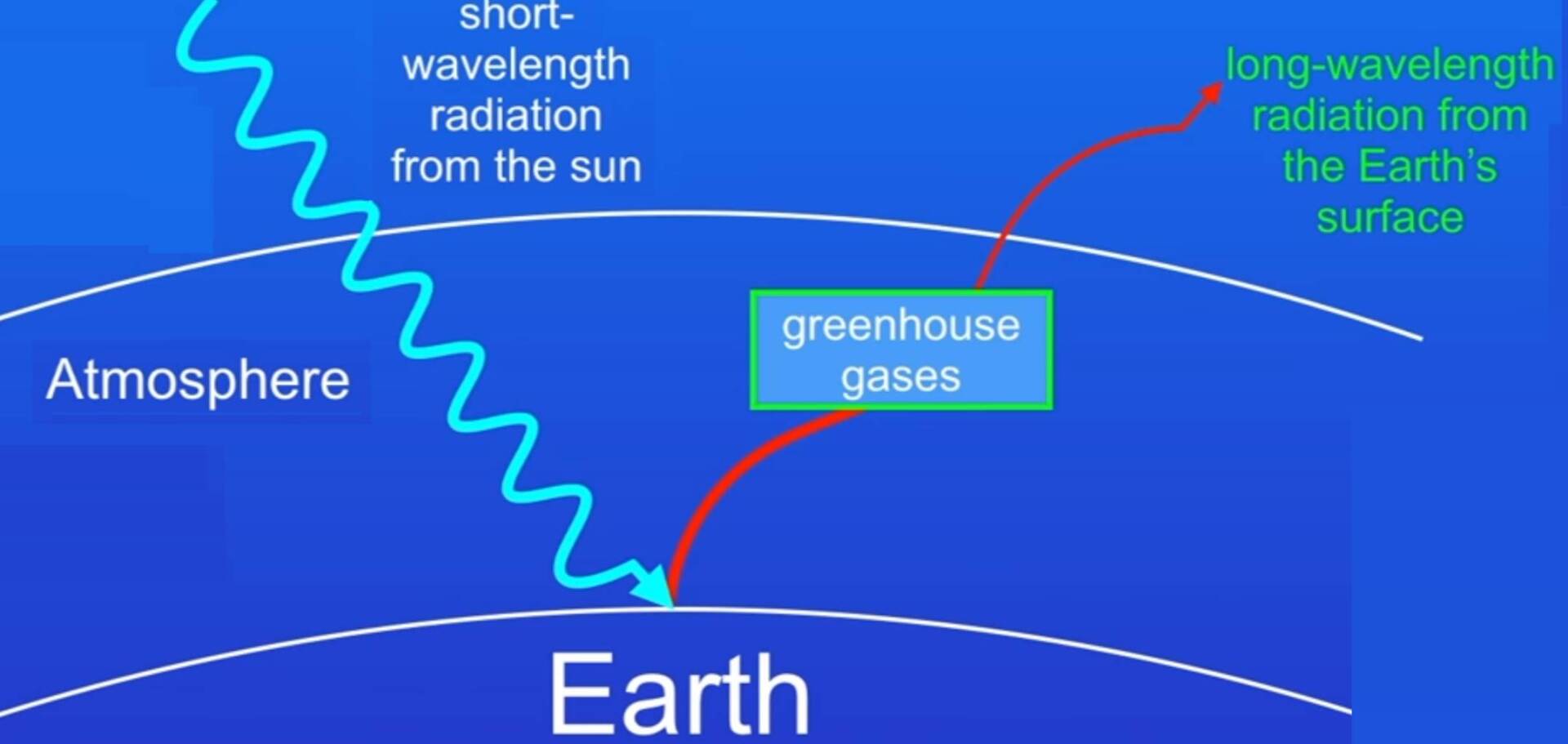When I first learned that burning fossil fuels and release of carbon dioxide - CO2 gas leads to global warming, I understood that permafrost would melt in the Canadian Arctic Tundra and Russian Far North, releasing methane from rotting biomass into the atmosphere.
I know that the release of methane will lead to positive feedback on warming effects, and that runaway global warming is likely to occur if we don’t stop polluting the atmosphere with CO2.
The summer of 2020 was an inflection point in the rate of global warming. From 2020 on, you will see a rapid turn-up in the rate of damaging effects due to global warming. We will look back at the summer of 2020, when the beautiful state of Oregon was burning down, and recognize the rate of increase in temperature is accelerating. The second derivative of heating rate has turned strongly positive.
Transition to renewable energy is needed before runaway global warming results from positive feedback due to methane release.
It still shocks me when I hear claims that global warming is a hoax. The physics and chemistry were understood 150 years ago.
- Short wavelength visible light passes through the atmosphere and does not interact with atmospheric N2 and O2 diatomic gasses. Instead light energy passes to the surface of the earth. At night the warmed earth surface re-radiates long wavelength infrared energy back into space which is close to absolute zero. A shift in the balance between visible light energy gained and reduced IR energy lost leads to global warming.
- Visible light has shorter wavelength than the bond between atoms. Visible sunlight does not energize inter-atomic molecular bonds.
- Warming is due to the reduction in heat energy re-radiated back into space at night because the wavelength of infrared light is a close match to the covalent molecular bond length between gas atoms. IR energizes the covalent bonds in all gas molecules, but in molecules with different atoms and larger molecules, such as carbon dioxide CO2 and methane CH4, the covalent bond in these gas molecules absorb more energy. Atmospheric N2 & O2 cannot absorb much IR energy into a vibrating bond because these diatomic molecules have atoms with the same electronegativity and no charge dipole moment. The vibration of each atom cancels out the other.
IR light interacts with molecules with different atoms like CO2 and CH4 and the molecular dipole moment absorbs energy. How much energy each type of molecule absorbs ties to degrees of freedom in vibrational modes.
Carbon dioxide is able to absorb energy because differing electronegativity in atoms cause a dipole moment. Fortunately CO2 has a limit on the amount of energy is can absorb because CO2 is limited to 4 degrees of freedom in vibrational modes.
Methane absorbs and re-emits more IR energy, and is a much more powerful heat trapping gas than CO2, because methane has 9 degrees of freedom in vibration modes.











